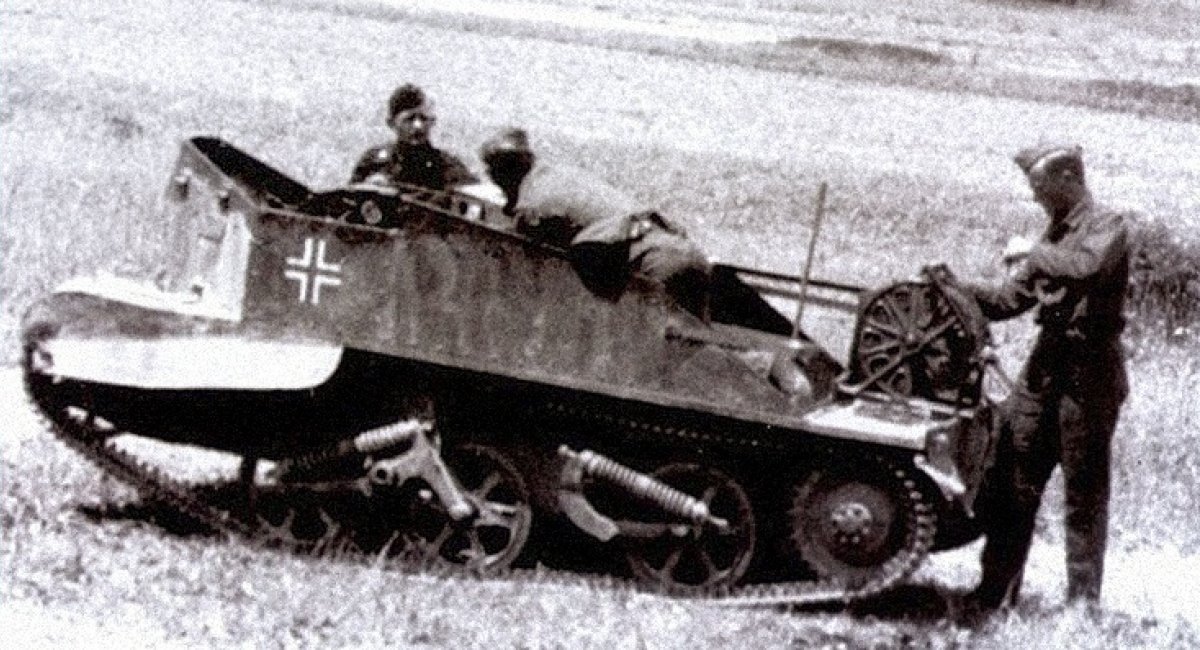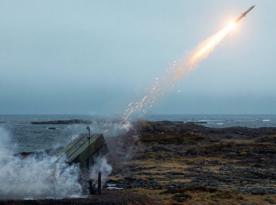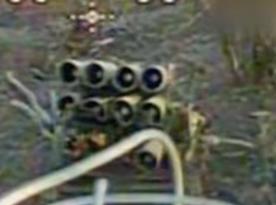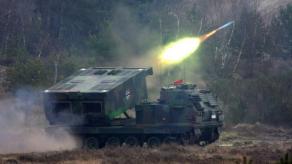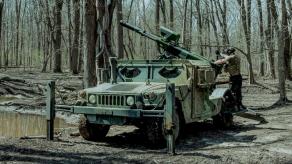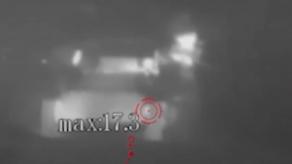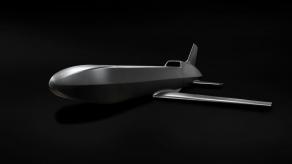Less than two weeks ago, on June 19, 2023, russian invasion forces for the first time used a "suicide tank" stuffed with hundreds of kilograms of explosive against the Ukrainian Armed Forces on the frontline. It was a self-propelling bomb on a T-54/T-55 chassis that approached Ukrainian positions in the Mariinka direction, eastern Ukraine; destroyed before managing to reach its destination.
Usually, when it comes to this type of weapon, namely VBIED – Vehicle-borne improvised explosive device – the first association that comes to mind is the Goliaf robot created and actively used by Germans during World War II. We already mentioned this small UGV with 60 to 100 kg of TNT in the context of the russo-Ukrainian war before, for similar technologies were deployed by both russian and Ukrainian forces.
Read more: russians Creating Makeshift Suicide Tank Based on Khrushchev-time T-54/T-55 Vehicles to Burn Them in Ukraine
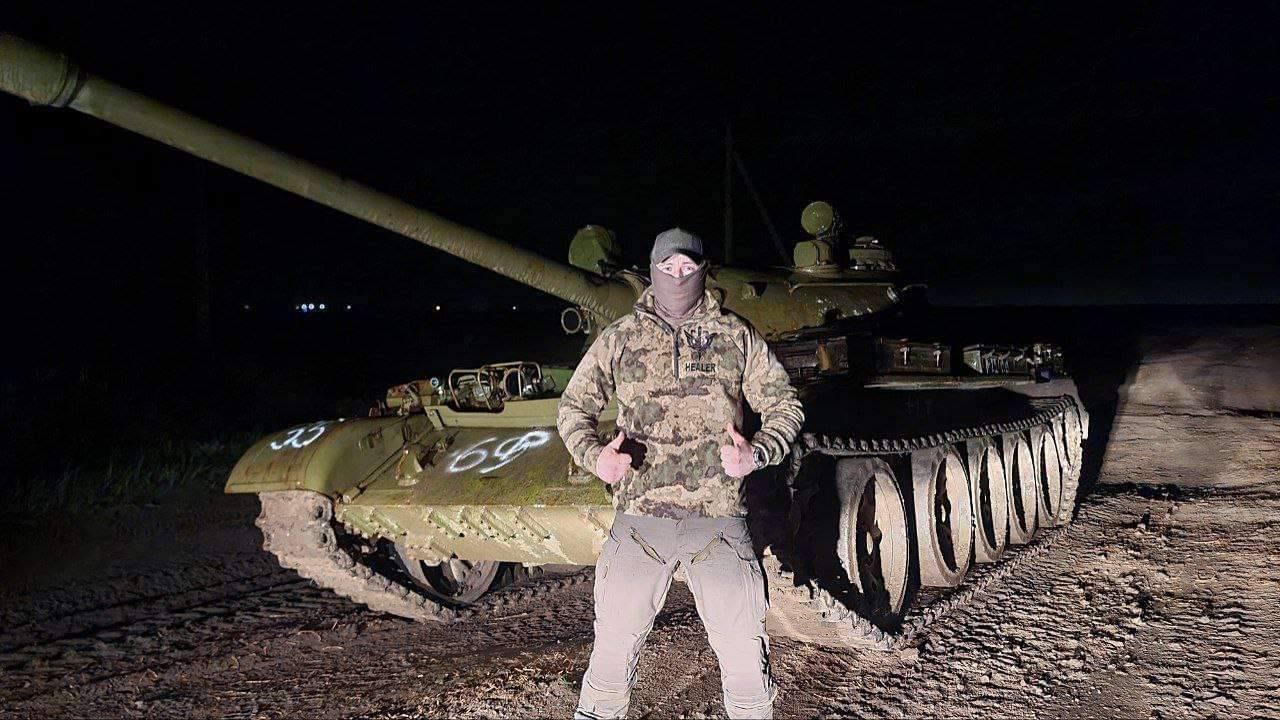
But the nuance is, before shifting to Goliaf, Nazis also tried a weapon which is closer to the suicide tanks we saw in Ukraine the other day – an armored vehicle loaded with explosive to the brim.
Specifically, during the battles in 1940-1941, Wehrmacht managed to seize a number of Bren vehicles from the British forces – tracked armored personnel carriers which were both compact and capacious. Some of these chassis were remodeled by the Germans into the analogs of remotely controlled one-way tanks; among other instances, those were used during the fighting against Soviet Army in Crimea, 1942.
These suicide tanks had their own complicated reporting name: Ladungsträger auf Fahrgestell Bren. Wehrmacht applied around 30 proto-kamikaze drones in total, 13 of them were lost due to enemy fire, 9 more reached their targets due to "various breakdowns," and only 8 worked as intended, destroying Soviet pillboxes and other fortifications.
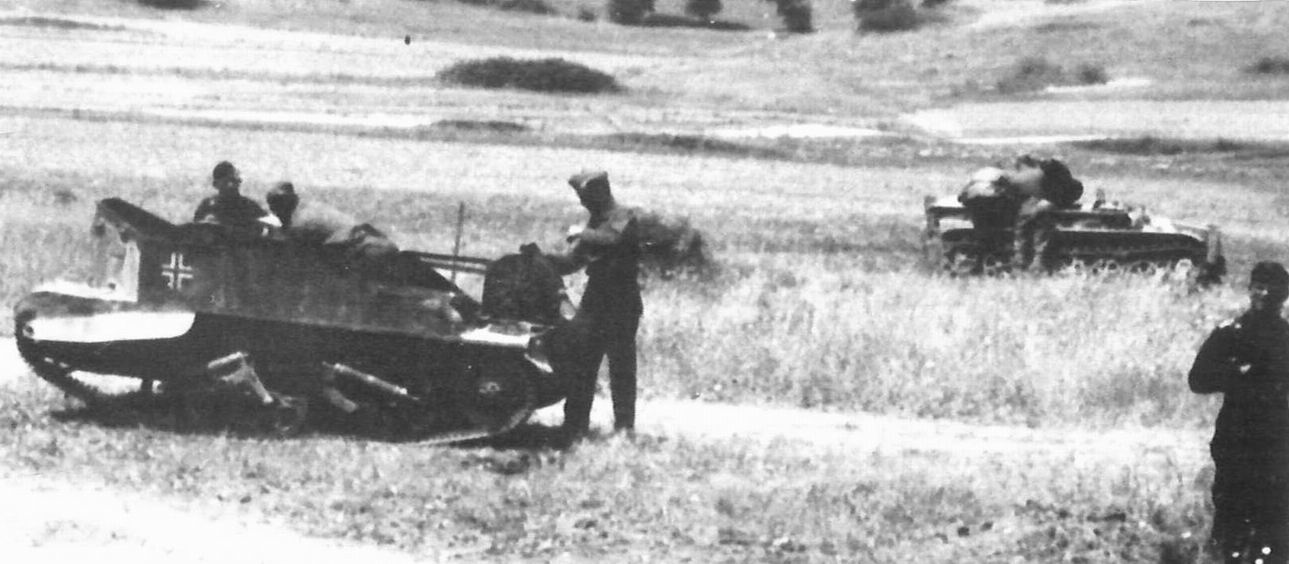
After the campaign in Crimea, Germans no more used this kind of suicide tanks, i.e. captured vehicles filled with TNT, albeit not because less than 30% actually hit their targets but because Germany in 1942 had already launched production of the mentioned Goliaf robots.
The effectiveness of the military application of Goliaf was not impressive either: out of approximately 7,600 vehicles, 6,000 were not used at all. Those that were, got partly suppressed with Soviet anti-tank rifles (so to speak, anti-materiel rifles from back then), and partly neutralized by simply cutting off the remote control wire.
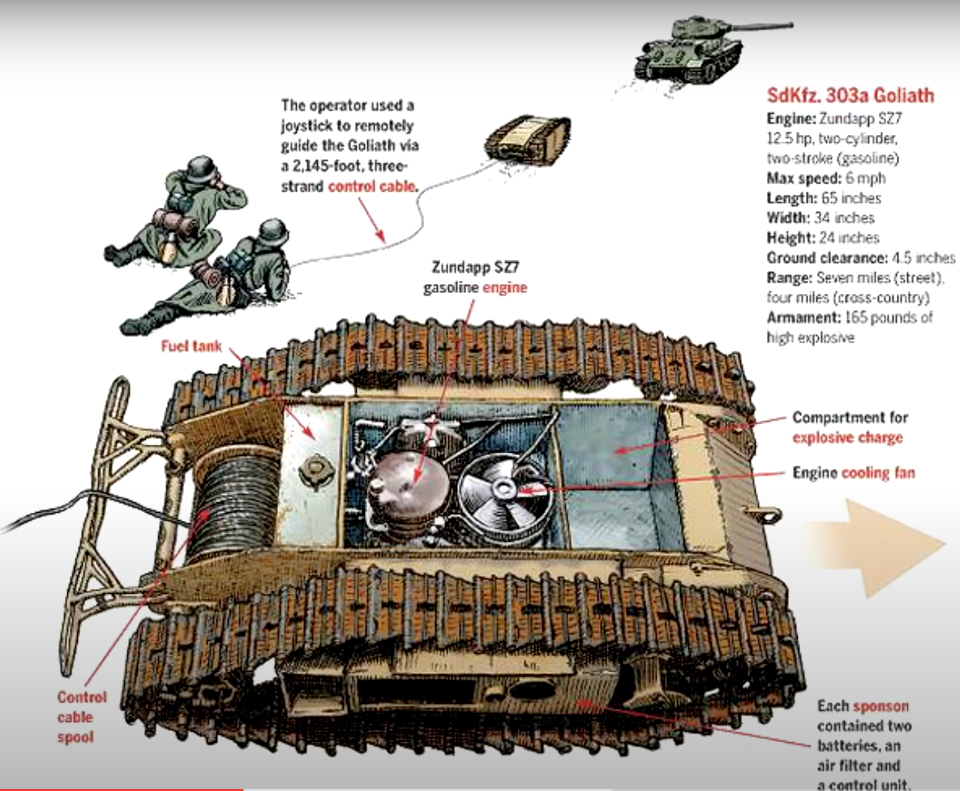
Nonetheless, the paradox is, it was the German Goliaf that went down the annals of military history as a progenitor of all similar types of weapons. Because if we consider the Soviet analogs of such systems, for example, the TT-27 or ET-1-627 teletanks, we can find out those performed even worse and became mere sidenotes of the history known maybe only to some "connoisseur" historians.
We provide this example to demonstrate that even during WW2 there were episodes when the forerunners of nowaday aggressors used the same practice of stuffing a vehicle with explosives and sending them straight for the enemy positions. And the countermeasure tactics against them are nothing new: hinder the remote control or take down with anti-tank weapons. And even a single accurate hit may result in such a formidable-looking threat eliminated with special effects on top.
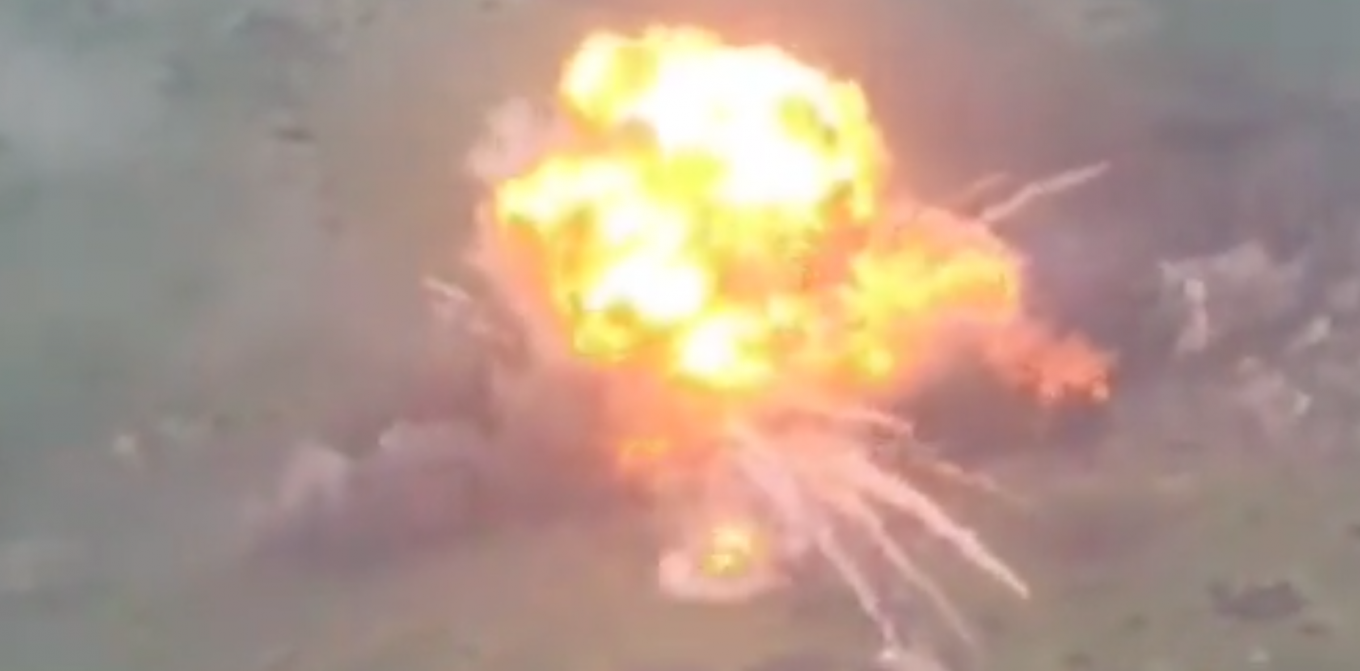
Read more: New russian "Marker" Anti-Tank Robot Was Ripped Off the Nazi Goliaf




